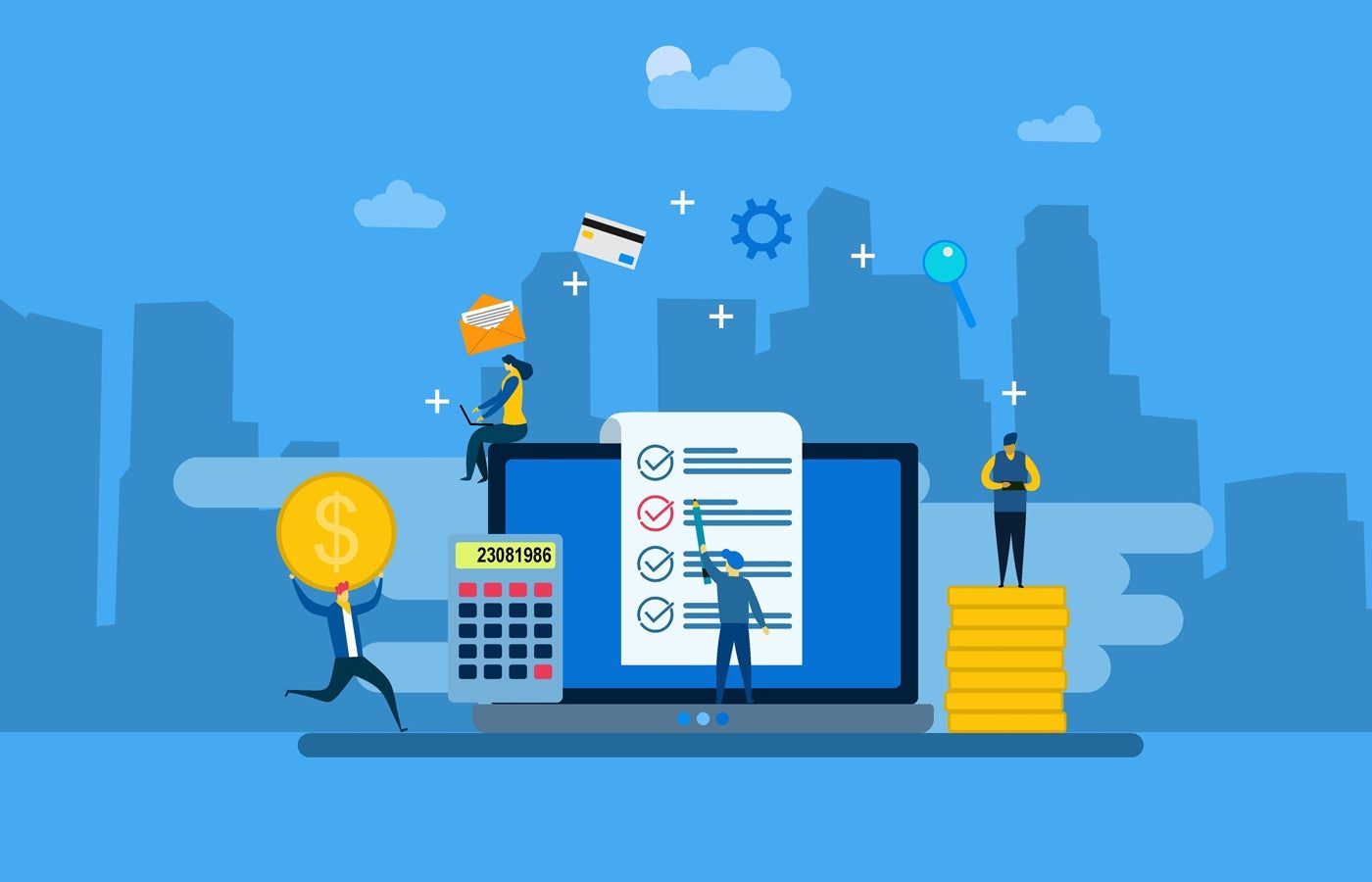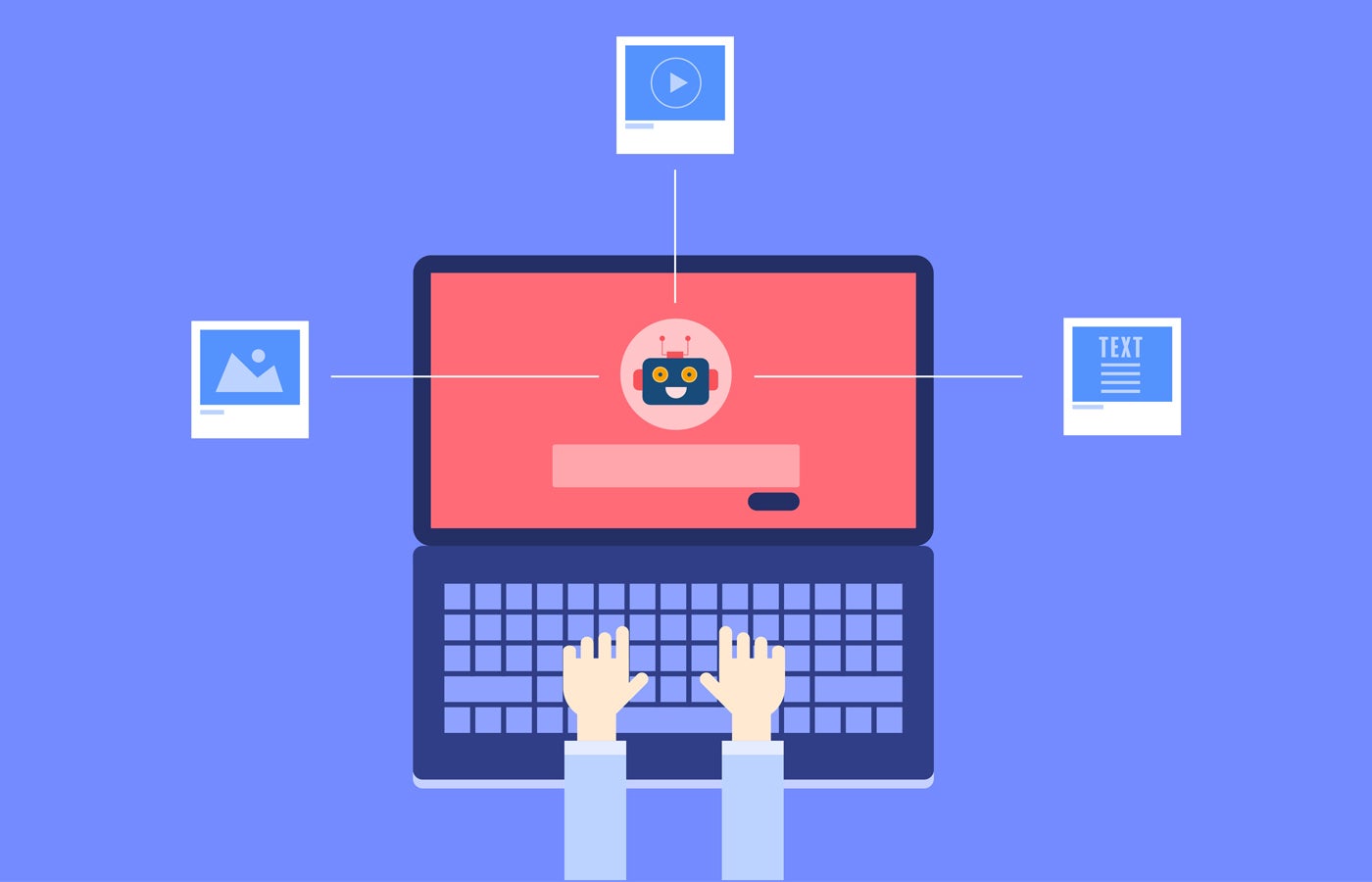One-Touch Payroll is an Australian Government payroll initiative. With one-touch payroll, companies report employee payroll information directly to the government each time they run payroll.
Read on to find out how one-touch payroll works and what its benefits are.
3
quick books
Employees by company size
Micro (0-49), Small (50-249), Medium (250-999), Large (1000-4999), Business (5000+)
Micro (0-49 employees), small (50-249 employees), medium (250-999 employees), large (1000-4999 employees)
Micro, Small, Medium, Large
Characteristics
24/7 Customer Support, API
What is Single Touch Payroll (STP)?
One touch is achieved through the use of STP-enabled software that automatically sends payroll reports to the Australian Taxation Office (ATO) every time a business processes payroll. Australian companies can also use a third-party service provider to submit the report on their behalf.
One-touch payroll is mandatory for all businesses in Australia now. The first phase was rolled out on July 1, 2018 for employers with 20 or more employees, and then rolled out for employers with 19 or fewer employees on July 1, 2019. Data collected through Single Payroll was further expanded to cover additional payroll information on January 1, 2022.
This means all employers in Australia should now use one-touch payroll Phase 2 reporting, unless they have obtained a deferral or exemption. If you are new to hiring employees in Australia, you will need to start paying them through STP-enabled payroll software as soon as possible to avoid being penalized.
How does one-touch payroll work?
With one-touch payroll, you run your payroll and pay your employees normally on any cycle that suits you: weekly, biweekly, or monthly. On the backend, STP-enabled payroll software will automatically send the ATO a report with all the necessary information, including salaries and wages, pay-as-you-go (PAYG) withholdings and super liability information. If you are using a third-party tax agent, they will generate the report and file it on your behalf.
At the end of the year, you will finalize your STP details to declare that you have completed your mandatory reporting for the financial year. Once you do that, your employees' income returns on the government's online portal will be marked as ready to file taxes, and they can then use that information to file their individual tax returns.
One-Touch Payroll Benefits
Optimized reports
Before one-touch payroll, businesses had to withhold amounts from an employee's paycheck each time they ran payroll and then submit the appropriate PAYG withholding on monthly or quarterly reporting dates. With one-touch payroll, reporting is done at exactly the same time as payroll is run, so employers can take care of everything at once and not have to worry about additional reporting dates.
Minimized errors
Because wage and withholding data are reported to the government at the same time, this reduces the possibility of error. Using online payroll software also means that these calculations are automated, reducing the possibility of human error in calculations and data entry.
Reduced paperwork
One-touch payroll required the switch to online payroll software, so running manual payroll is no longer possible, which eliminated a lot of paperwork. With STP, the Australian Tax Office will also automatically track the figures and then make them available through the online portal, meaning employers do not have to generate and distribute payment summaries to employees at the end of each financial year. .
Access to new employee information.
Previously, employers had to wait for their new employees to provide tax return numbers and retirement information before they could run payroll. Now that STP is in place, employers can simply go to the online portal to search for this information themselves, improving access to information for new employees.
Improved compliance
By automating much of the reporting process, one-touch payroll improves compliance. Not only do companies send the most up-to-date information more frequently, but they also don't have to worry about accidentally missing a reporting deadline.
One-touch payroll implementation
Implementing one-touch payroll is easy, as long as your software actually supports STP. Almost all major payroll providers, like QuickBooks, released STP updates when the rules went into effect, so most platforms should be able to adapt to this. However, if you are new to paying employees through payroll software, you should still verify that they are STP compliant before signing the contract. You may also need to enable STP report sharing, depending on your payroll software.
Once you have all the software set up, you will run your payroll, pay your employees as usual, and give them their regular payroll receipt. Once payroll is completed, the STP-compatible software will compile a report with all the necessary information and then automatically send it to the Australian Tax Office. If you use a third-party tax agent, they will review your payroll information and handle your STP reporting on your behalf. Once the tax office has the reports in hand, they will be compared to employer and employee records to ensure accuracy.
Impact of One-Touch Payroll on Employers and Employees
For employers, one-touch payroll means they must use an online payroll provider to run payroll and file their STP reports. One-touch payroll also eliminated final pay statements and reduced paperwork for employers. There were also some additional changes that were more granular, such as disaggregating gross revenue and unincorporated paid leave from gross revenue.
For employees, one-touch payroll means they can now access all of their year-to-date tax and retirement data through the online portal. The data is updated with each STP report, that is, each time payroll is run. Previously, this information was only recorded once at the end of the financial year and was not updated periodically.
STP FAQ
What is the concept of one-touch payroll?
In One-Touch Payroll, payroll reports are automatically sent to the Australian Government every time a business runs payroll. Companies no longer need to generate and submit separate reports monthly or quarterly.
Who is required to use one-touch payroll?
All Australian businesses with employees must use one-touch payroll, regardless of how many workers they pay.
What is One-Touch Payroll Summary?
One-touch payroll summaries are used to report employees' wages, salaries, super contributions and pay-as-you-go (PAYG) withholdings to the ATO.
What are the disadvantages of one-touch payroll?
Since one-touch payroll software is completely automated, the system can make it difficult to implement changes like adding deductions or credits once employees are hired. The one-touch payroll process also requires payroll data to be hosted by a third-party provider, which can raise concerns about data storage and security.












